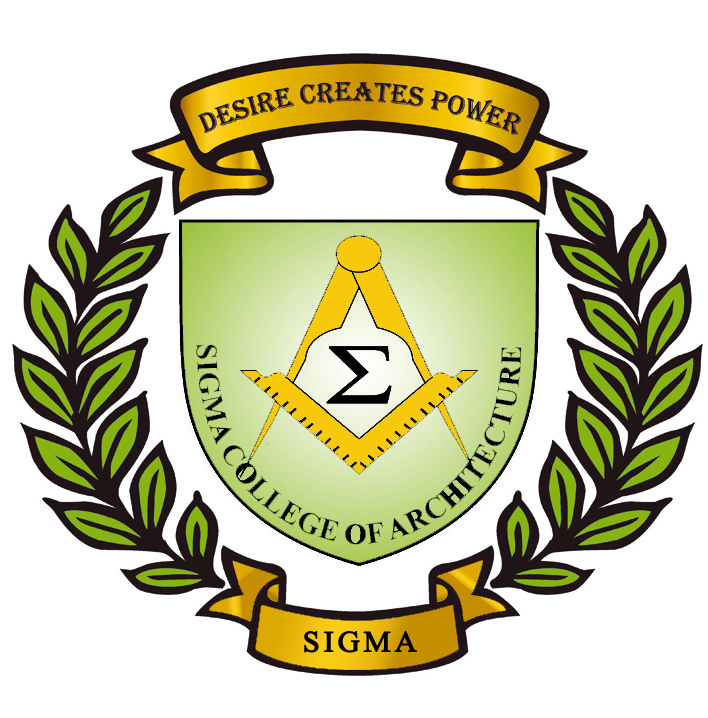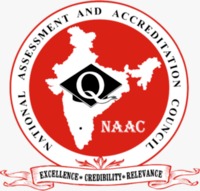Designer Club
The process of designing is a creative activity. It is proposed that, at the cognitive level, one key to understanding design creativity is to understand the array of symbol systems designers utilize. These symbol systems range from being vague, imprecise, abstract, ambiguous, and indeterminate (like conceptual sketches), to being very precise, concrete, unambiguous, and determinate (like contract documents). This leads to a dual mechanism model of design problem-solving comprising of an associative engine and an inference engine. It is claimed that this dual mechanism model is supported by an interesting hemispheric dissociation in human prefrontal cortex. The associative engine and neural structures that support imprecise, ambiguous, abstract, indeterminate representations are lateralized in the right prefrontal cortex, while the inference engine and neural structures that support precise, unambiguous, determinant representations are lateralized in the left prefrontal cortex. At the brain level, successful design requires a delicate balance between the two hemispheres of prefrontal cortex.

OVERVIEW
Models, or sketch models, are sometimes made to study the interaction of volumes, different viewpoints, or concepts during the design process. They may also be useful in explaining a complicated or unusual design to builders, or as a focus for discussion between designers and consultants such as architects, engineers and town planners. Presentation models can be used to exhibit, visualize or sell a final design. a model are also used as show pieces, for instance as a feature in the reception of a building, or as part of a museum exhibition such as scale replicas of historical buildings.
VISION
To improve the students creative skills by giving design problems
OBJECTIVES
MOTTO
THE CREATIVE CORNER
SCOPE
ACTIVITY PLANNER
The design club will be active four days in a month. Students will get a better exposure in
design methodology. By giving a good design problem the students will give a good solution
at the end of every month.
The student names and works will be displayed in the notice
board at the end of each month.
One workshop will be conducted by an architect/ architects every academic year.
One National level competition and one state level competition will be conducted based on
the workshop conducted; the subject experts will decide the victors as a panel. The Victors
will be awarded the “SICA?s DESIGN CLUBROLLING TROPHY”.
LIST OF EVENTS / ACTIVITIES / COMPETITIONS
EVENT / ACTIVITY / COMPETITION
Guidelines / Rules & Regulations for each event
CODE OF CONDUCT
SOCIETAL INITIATIVES OF THE CLUB
To help the students work as a team in organizing and conducting events/ workshops The students frequently communicate with the club members of their respective clubs in neighbouring colleges and regions giving them wide exposure of what are happening around them with respect to their clubs also making them participate in events, competitions and workshop.
MEMBERS
| Name of Student | Position | Year | |
|---|---|---|---|
| Ajin | B.Arch | Tenth | |
| Nithin Thomas | B.Arch | Tenth | |
| JabeenaKeerthi | B.Arch | Eighth | |
| Anand Krishnan | B.Arch | Eighth | |
| Joyce Sweetline | B.Arch | Eighth | |
| Palin Subin | B.Arch | Eighth | |
| Magdalene Alexander | B.Arch | Eighth | |
| Anushma | B.Arch | Sixth | |
| Dalin Deena | B.Arch | Sixth | |
| Drishya | B.Arch | Sixth | |
| Bala Gopala | B.Arch | Sixth | |
| Abyzenford | B.Arch | Sixth | |
| Jebin Raj | B.Arch | Sixth | |
| Mahalakshmi | B.Arch | Sixth | |
| Mithun | B.Arch | Sixth | |
| Anto Valan Snowin | B.Arch | Fourth | |
| Leah Lalji | B.Arch | Fourth | |
| Sorna Veena | B.Arch | Fourth | |
| Shaun Siddharth | B.Arch | Fourth | |
| Vijay Sangar | B.Arch | Fourth | |
| Rashid | B.Arch | Second | |
| Thahmeena | B.Arch | Second | |
| Varsha | B.Arch | Second | |
MEMBERSHIPS
Terms and Conditions to avail Membership
Validity of Membership
The validity of the membership lasts for one year
The students can change or enrol in other clubs if vacancy is available
Membership fees
One year – Rs.500 (for membership in one club)
The fees includes the cost of events/ competitions/ workshops conducted through the club

